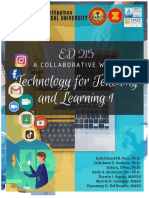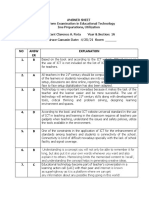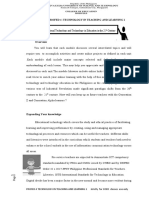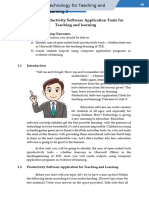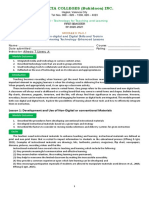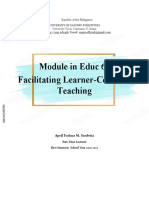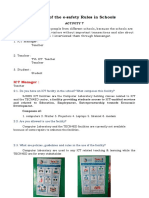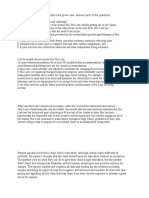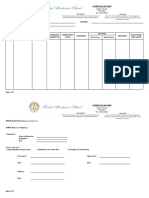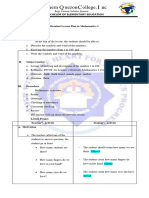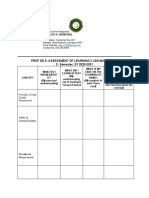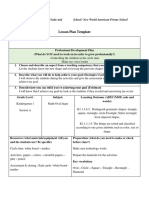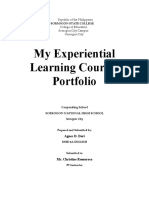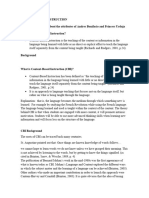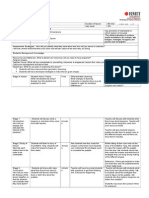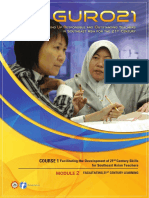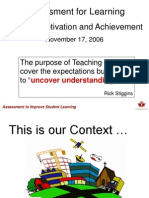0% found this document useful (0 votes)
2K views5 pagesICT Competency Standards (CHED-UNESCO), Policy, Standards and Guidelines (PSG) For Pre-Service Teacher Education
The document discusses standards and guidelines for integrating technology into teaching and learning in the Philippines. It outlines 7 competency domains from the CHED-UNESCO standards for pre-service teachers related to understanding ICT, curriculum/assessment, pedagogy, technology tools, organization, professional learning, and disposition. It also discusses standards from the International Society for Technology in Education (ISTE) for both teachers and students regarding technology operations, planning learning experiences, teaching/curriculum, assessment, professional practice, social issues, creativity/innovation, communication/collaboration, research/information fluency, and critical thinking.
Uploaded by
Princess Veah IlaoCopyright
© © All Rights Reserved
We take content rights seriously. If you suspect this is your content, claim it here.
Available Formats
Download as DOCX, PDF, TXT or read online on Scribd
0% found this document useful (0 votes)
2K views5 pagesICT Competency Standards (CHED-UNESCO), Policy, Standards and Guidelines (PSG) For Pre-Service Teacher Education
The document discusses standards and guidelines for integrating technology into teaching and learning in the Philippines. It outlines 7 competency domains from the CHED-UNESCO standards for pre-service teachers related to understanding ICT, curriculum/assessment, pedagogy, technology tools, organization, professional learning, and disposition. It also discusses standards from the International Society for Technology in Education (ISTE) for both teachers and students regarding technology operations, planning learning experiences, teaching/curriculum, assessment, professional practice, social issues, creativity/innovation, communication/collaboration, research/information fluency, and critical thinking.
Uploaded by
Princess Veah IlaoCopyright
© © All Rights Reserved
We take content rights seriously. If you suspect this is your content, claim it here.
Available Formats
Download as DOCX, PDF, TXT or read online on Scribd
/ 5
























